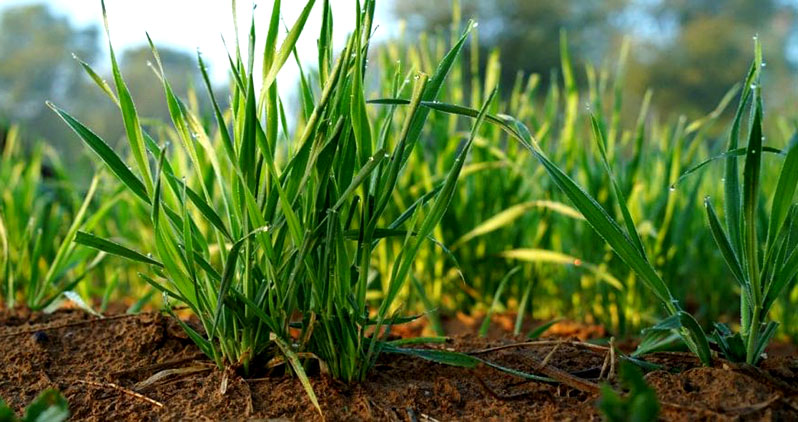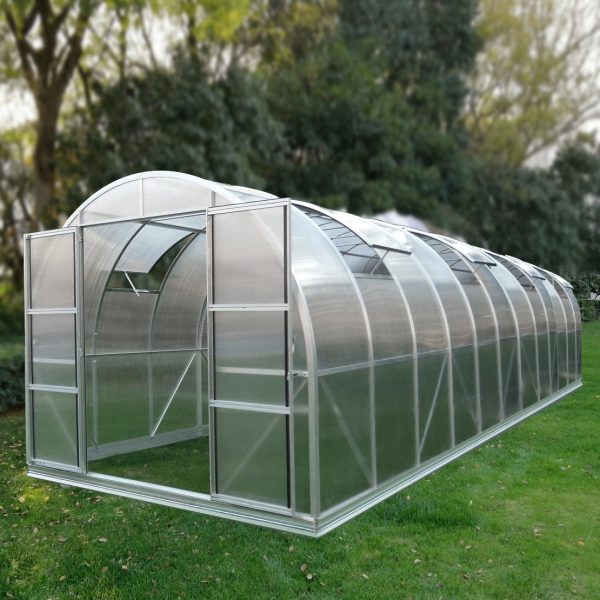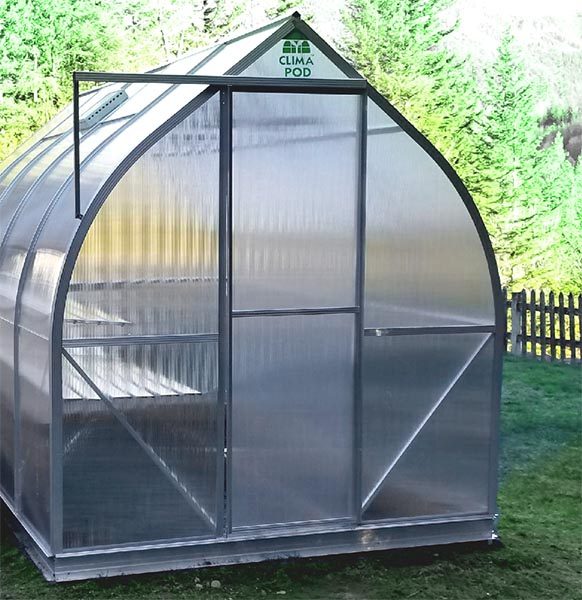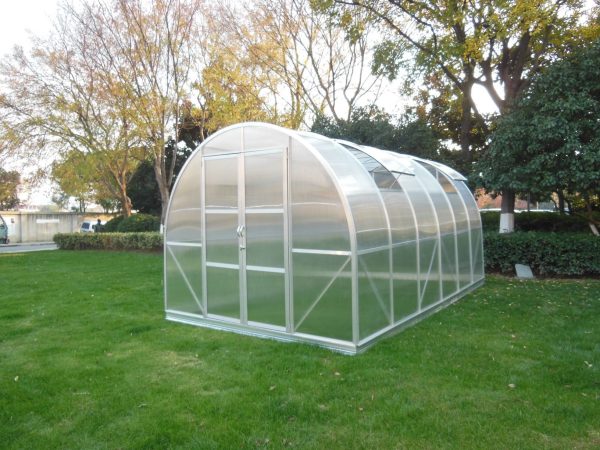As soon as you harvest from the beds, sow green manure in the fall. This is a great alternative to chemical fertilizers. They enrich the soil, suppress the growth of weeds, and prevent the spread of diseases. And a great option for lovers of natural farming.
Green manure is sown throughout the season, from spring to fall. But experienced gardeners consider autumn sowing more productive.
Why green manure should be sown in fall
Sowing green manure crops in the fall will solve a number of problems:
- the soil will not freeze in winter;
- in early spring, the wind will not dry out the earth and moisture will remain in the soil;
- precipitation does not wash out nutrients from the soil;
- the soil will be enriched with humus and useful substances;
- sloping ground mass will be an excellent mulch;
- roots will raise potassium and phosphorus from deeper layers to the surface;
- green manure plants will protect the site from scab, various rots, nematodes and some pests;
- the soil will become looser and lighter;
- plants will suppress the growth of weeds.
When and how to sow green manure crops

The timing of planting green manure crops depends on the climatic features of a particular region, as well as the properties of the plants themselves. It is also necessary to take into account the weather conditions.
The main rule when choosing the timing of sowing is that before the first frosts, the plants should grow by 10-15 cm. Usually, planting occurs in September – early October.
When sowing green manure, you should adhere to the following rules:
- sow plants immediately after harvesting garden crops;
- clean the freed areas from weeds and diseased tops;
- dig the ground if necessary;
- if the soil is very dry, water the beds before sowing;
- sow seeds randomly, throughout the garden, or in grooves;
- sow thickly, leaving no room for weeds;
- slightly deepen the seed depending on the preference of the culture.
When to mow autumn green manure
Plants are mowed when they reach a height of about 20-30 cm. But experienced gardeners recommend not to touch green manure crops sown in the fall. Just leave them in the garden, and when it snows, they will be under the thickness of the cover.
In the spring, you will receive a ready-made organic mass. It can be buried in the ground or left on the surface as a layer of mulch.

Although there are other options:
- some gardeners cut the stems a week before the onset of cold weather, leaving small stumps. And with the onset of spring, they dig up the earth;
- with the approach of winter, the beds, along with the grown grass, are dug up and left for overheating for the winter. When spring comes, the soil is loosened again, and then garden crops are planted.
If you decide to bury green manure in the ground, deepen the stems no more than 5-7 cm. Worms, fungi and soil bacteria at this level are enough to process the plant mass. And all the nutrients will be available to the roots of planted garden crops.
In areas with too acidic soil, an excess of organic matter will not do any good. The grass will turn sour in the ground and will not be able to rot quickly. In this case, some of the plants need to be collected and placed in a compost heap.






